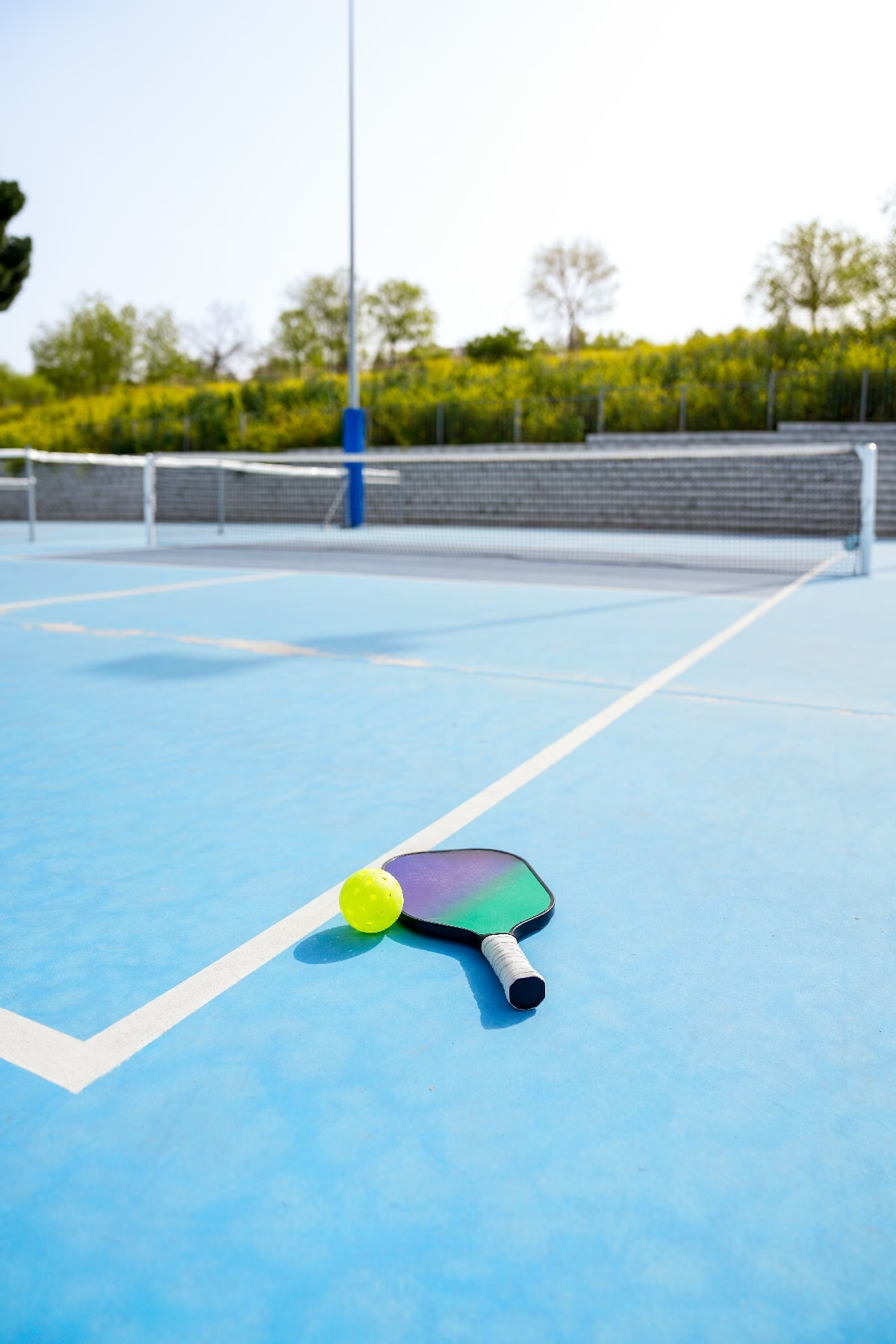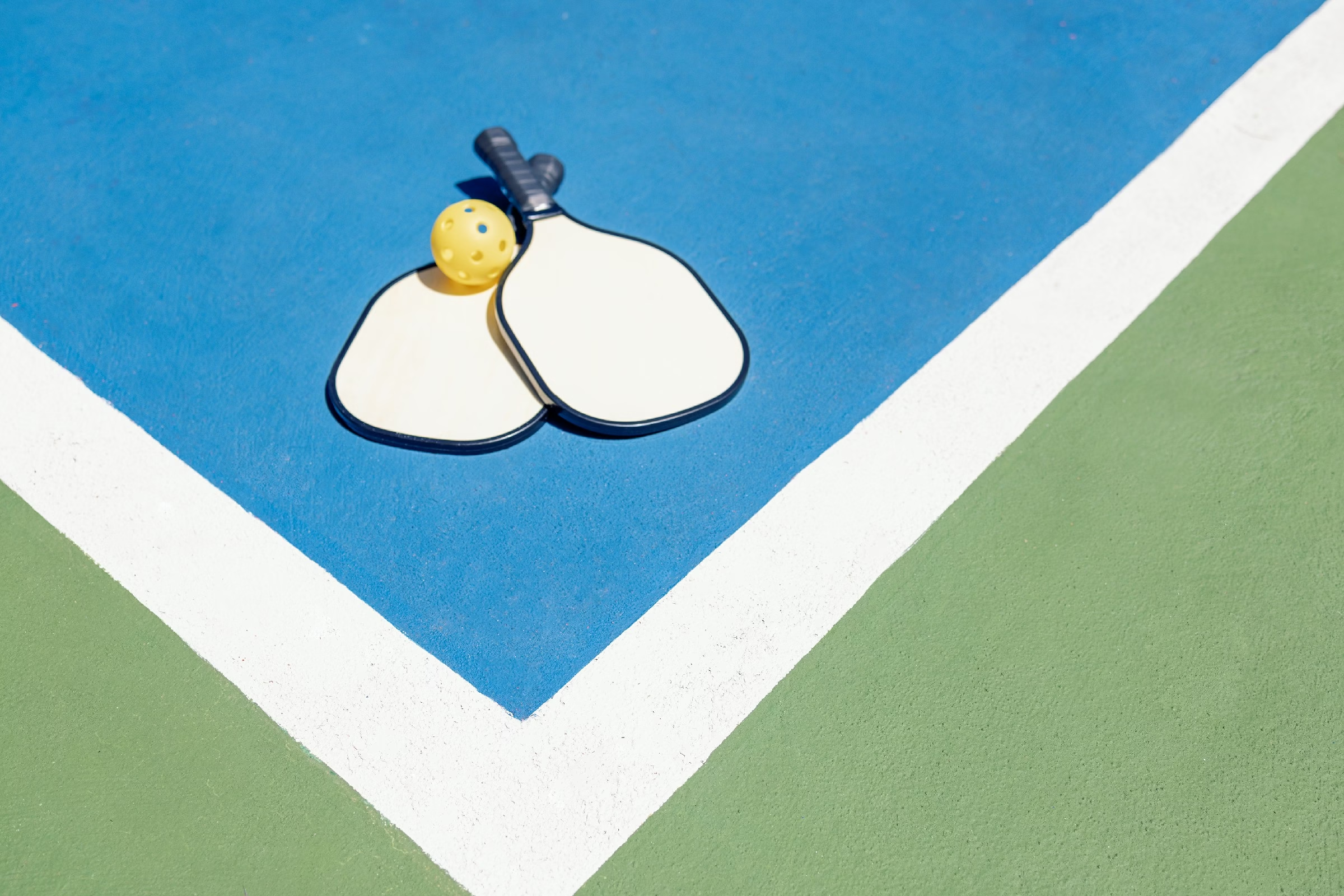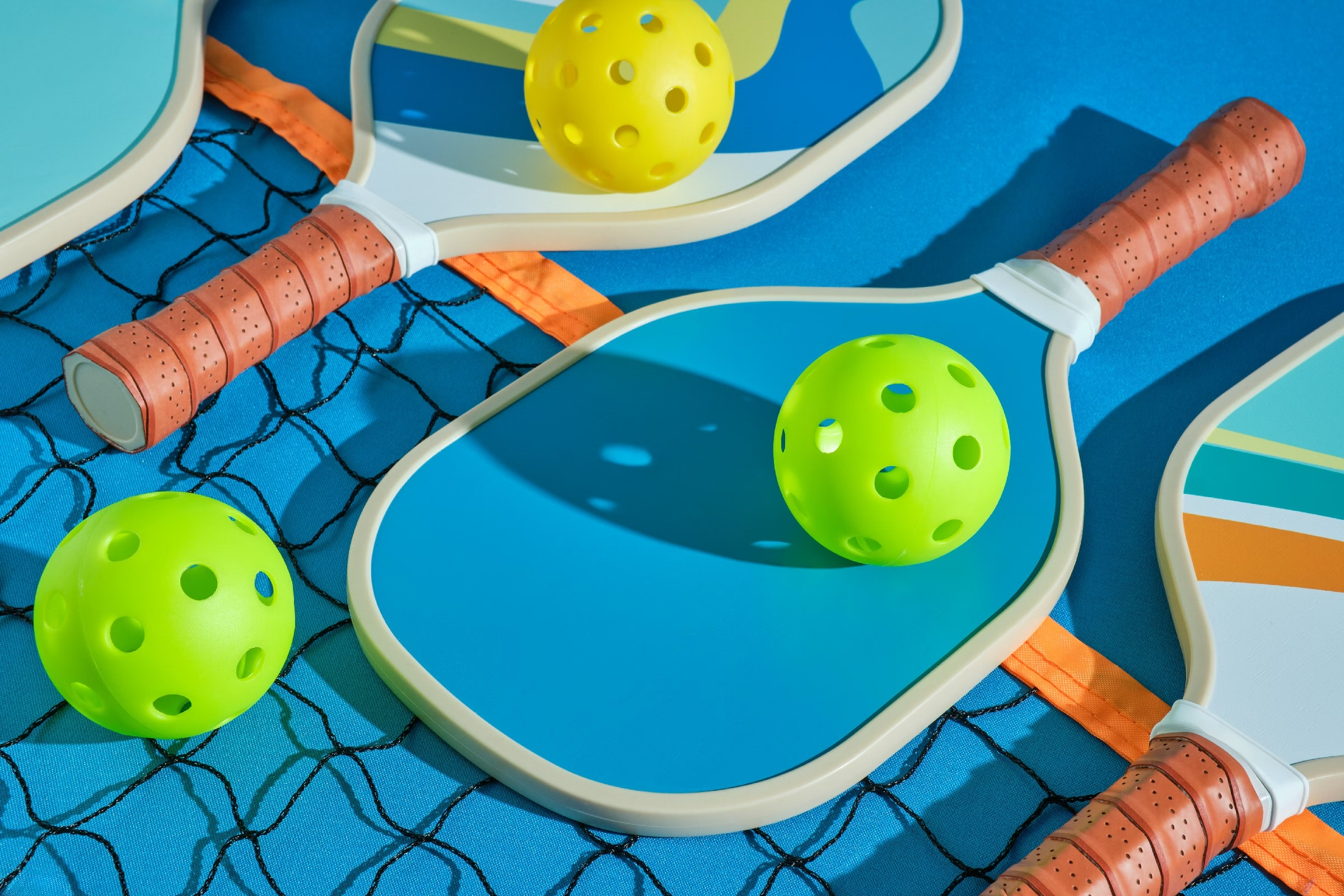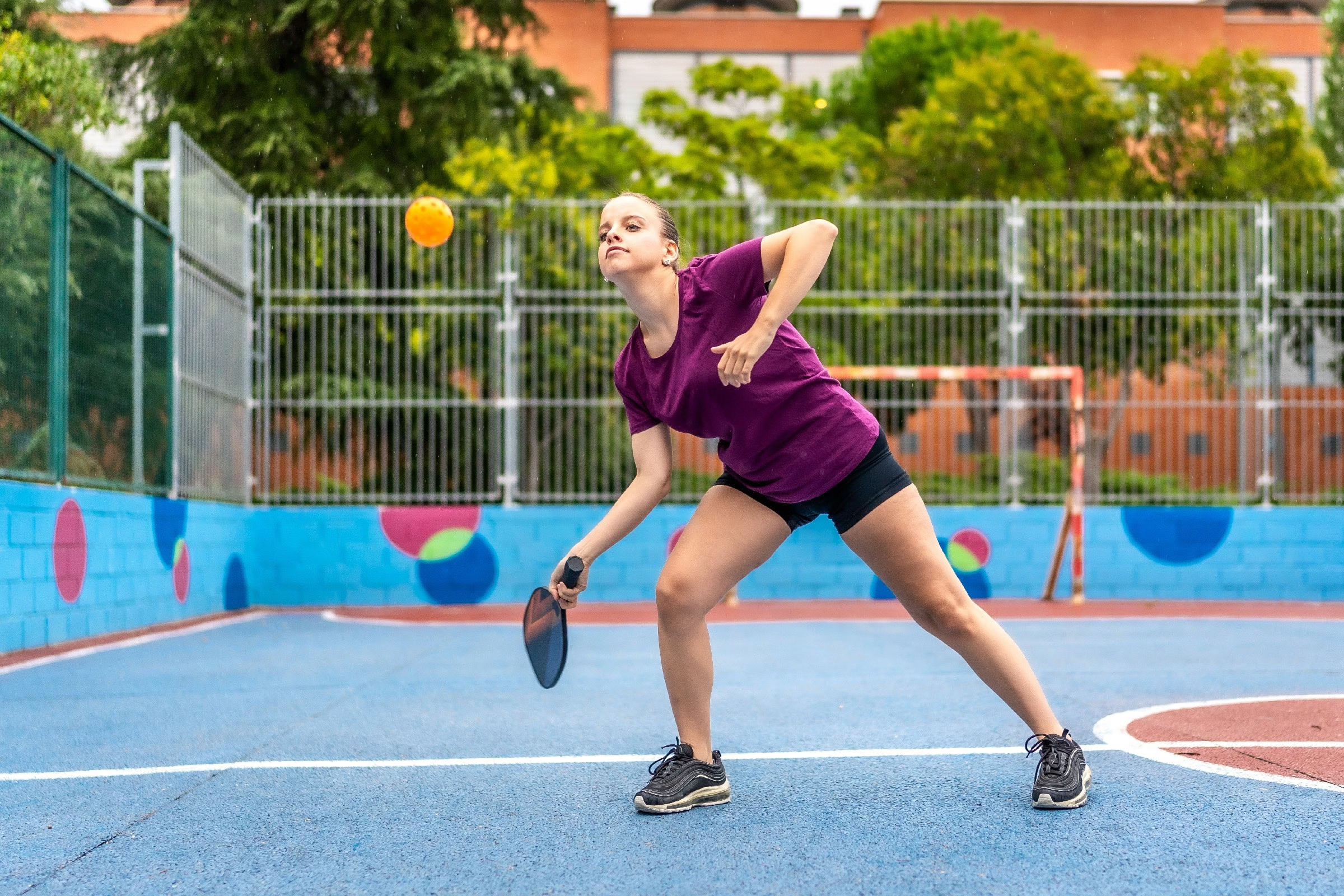Blog
how to line a pickleball court
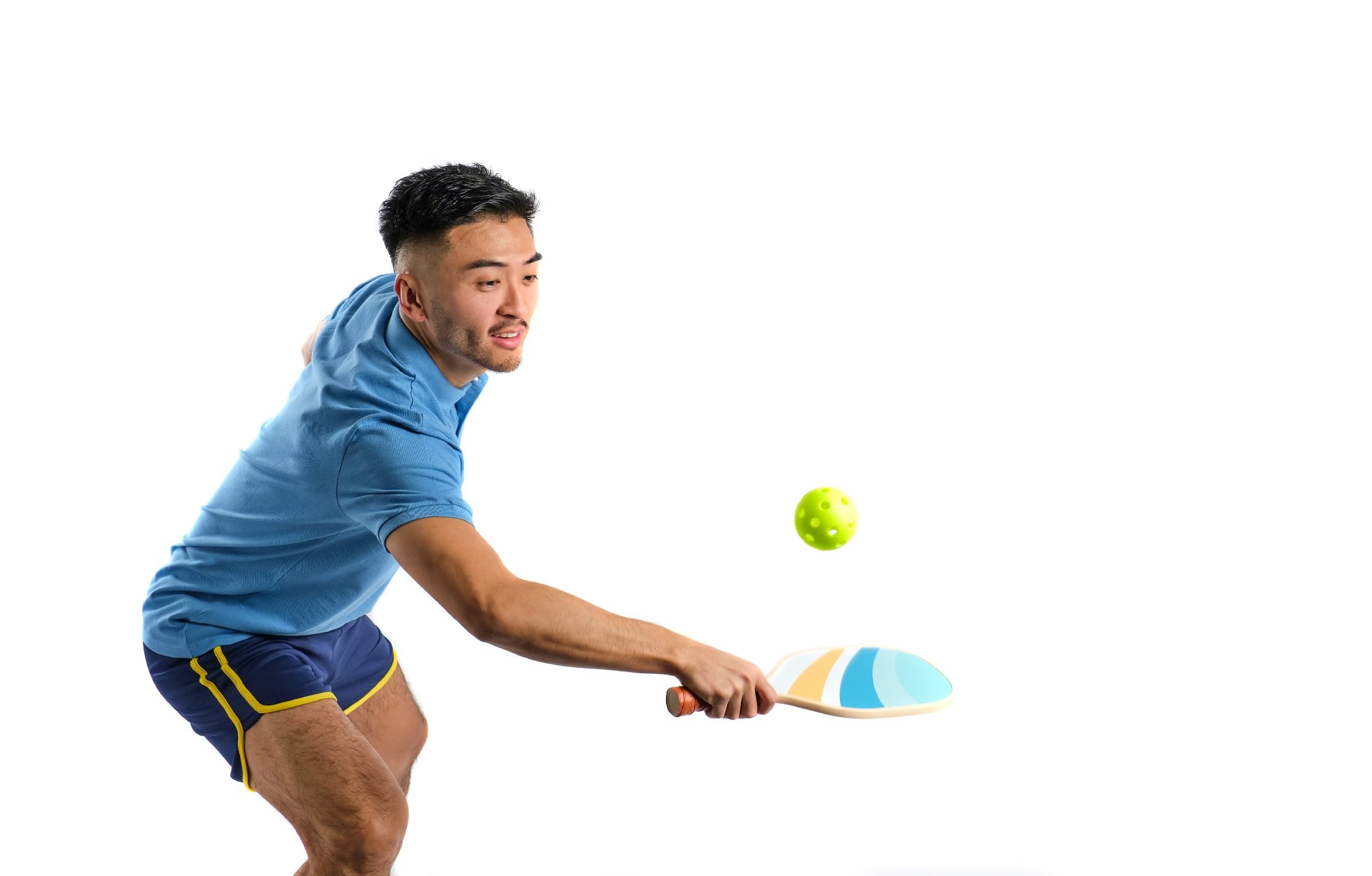
how to Line a Pickleball Court: Your Guide to Precision and playability
In the vibrant world of sports, few games encapsulate the spirit of fun and competition quite like pickleball. As this dynamic sport continues to gain enthusiasts across age groups and skill levels, the importance of a properly lined court becomes paramount. A well-defined court not only enhances gameplay but also ensures that players can focus on their strategies rather than guesswork. Whether you’re a dedicated player looking to set up your own backyard court or a facility manager eager to offer a top-notch playing experience, understanding the nuances of court lining is essential. Join us as we explore the practical steps and tips needed to create a clear, professional-grade pickleball court that invites both casual play and serious competition. With the right techniques, you’ll be ready to serve up hours of fun on a perfectly lined court!
Table of Contents
- Understanding the Dimensions and Layout of a Pickleball Court
- Gathering Essential Tools and Materials for Your Line Marking Project
- Step-by-Step Guide to Preparing the Court Surface for Lining
- choosing the Right Line Paint: Options and Considerations
- Techniques for Applying lines with Precision and Consistency
- Maintaining and Refreshing Court Lines for Long-Lasting Performance
- Q&A
- To Wrap It Up
Understanding the Dimensions and Layout of a Pickleball Court
When preparing to line a pickleball court, it’s essential to understand the court’s dimensions to ensure proper playability. A standard pickleball court measures 20 feet wide and 44 feet long for doubles matches, while the length remains the same for singles matches. This rectangular layout not only accommodates players but also helps define various areas crucial for game strategy. The court is divided into two equal halves by a centerline which extends from the back line to the net.
Among the various markings you’ll be painting, some are more critically important than others. Key areas to note include:
- Non-Volley Zone (NVZ): Also known as the kitchen, this area extends 7 feet from the net on either side.
- Service Area: Each side is divided into right and left service areas, providing designated spots for serving the ball.
- Center Line: This line helps distinguish between the left and right service courts.
For a better visual understanding, here’s a simple breakdown of the essential markings:
| Area | Dimensions | Purpose |
|---|---|---|
| Full Court | 20′ x 44′ | Play Area |
| Non-Volley Zone | 7′ from the net | Cannot volley |
| Service Area | 10′ x 15′ (each side) | Designated serving area |
Gathering Essential Tools and Materials for Your Line marking Project
To kick off your line marking project for a pickleball court, it’s crucial to gather the right tools and materials to ensure precision and a clean finish. Start with a high-quality marking paint specifically designed for sports surfaces. This type of paint is durable and weather-resistant, perfect for withstanding the elements while maintaining a vibrant appearance. Consider selecting spray paint for ease of use, as it can help achieve smooth lines without the need for a paintbrush.
Next, you’ll need some essential measuring tools to ensure every line is perfectly positioned and spaced. A measuring tape will be invaluable for outlining the boundary dimensions accurately, while a chalk line can assist in snapping straight lines.for those who wont to take their accuracy up a notch,a laser level can help in determining horizontal lines across the court,keeping everything as straight as possible.
Lastly, don’t forget to invest in some protective gear to keep yourself safe during the project. This includes gloves to protect your hands from paint and a mask to avoid inhaling any fumes. Additionally, a knee pad is a great accessory if you find yourself working on your hands and knees, ensuring comfort while marking those precise lines. An optional roller might also be useful, especially for filling in wider lines or areas that need touch-ups, making the job more efficient.
| Tool/Material | Purpose |
|---|---|
| Marking paint | Base coating for lines |
| Measuring Tape | Accurate dimensioning |
| Chalk Line | Creating straight lines |
| Laser Level | Enhanced accuracy |
| Protective Gear | Safety during marking |
Step-by-Step Guide to Preparing the Court surface for Lining
Before starting the lining process, it’s essential to ensure that the court surface is adequately prepared. Begin by clearing the area of any debris, weeds, or obstacles that could interfere with the lining. sweeping the Surface is the first step; utilize a broom or blower to remove dirt and leaves. If the court has a lot of grime or moss buildup, consider washing it with water and a mild detergent to ensure a clean surface. Allow sufficient time for the court to dry completely, as moisture will effect the adherence of the lining materials.
next, inspect the court surface for any cracks or imperfections that need repair. Use a patching compound to fill in cracks or holes, ensuring a smooth, even surface. After repairs are completed, lightly sand the patched areas once they dry. This helps to create a seamless transition between the old and new surface, making for a more professional appearance once the lines are applied. Use painter’s tape to outline the areas where lines will be drawn, ensuring accuracy. Here’s a simple materials checklist for this stage:
| Item | Purpose |
|---|---|
| Push broom or blower | To clear debris |
| Mild detergent | to clean the surface |
| Patching compound | To repair surface damage |
| Painter’s tape | For line outlining |
Lastly, ensure that no environmental factors will affect your work. Check the weather forecast to avoid unexpected rain or high humidity levels that could affect drying times for the cleaning or patching processes. Once you confirm favorable conditions, you can confidently set the stage for a perfect lining job. With the surface clean,dry,and marked,you’re now prepared to move on to the exciting task of applying the lining paint—a crucial step in making your pickleball court ready for play!
Choosing the Right Line Paint: Options and Considerations
When it comes to marking a pickleball court,selecting the appropriate line paint is crucial for durability and visibility. There are various options available, each with distinct characteristics that can impact the court’s performance and longevity.
Types of Paint
- Acrylic Paint: known for its vibrant colors and weather resistance, acrylic paint is a popular choice for outdoor courts.
- Epoxy Paint: This type provides a tough, long-lasting finish, making it ideal for high-traffic areas.
- Water-Based Paint: Easier to clean up and environmentally amiable, water-based paint is suitable for both indoor and outdoor application.
When choosing the right paint, consider the following factors:
- Visibility: Ensure that the color contrasts well with the court surface for clear delineation.
- Durability: Look for paints specifically formulated for sports surfaces that withstand wear and tear.
- Application Ease: Some paints are easier to apply than others; check if you need specialized tools or techniques.
To help streamline your decision-making process, here’s a brief comparison table of popular line paint options:
| Paint Type | Durability | Application | Color Options |
|---|---|---|---|
| Acrylic | Moderate | Easy | Variety |
| Epoxy | High | Intermediate | limited |
| Water-Based | Moderate | Vrey Easy | Wide range |
Techniques for Applying Lines with Precision and Consistency
Achieving precision in line application on a pickleball court requires attention to detail and the right tools. Start by gathering essential materials such as measuring tape, chalk line, and paint suitable for outdoor surfaces. Using a chalk line will help you create straight lines easily. Snap the line once it’s taut to leave a visible mark, ensuring your baseline stands out clearly.Remember, the length of the lines directly corresponds to the official dimensions, so accuracy in measuring is paramount.
To maintain consistent line thickness, it’s beneficial to use a line striping machine or a stencil kit. these tools offer various advantages, including even paint distribution and reduced chances of human error. When using a striping machine,ensure that the paint nozzle is clean and the correct width setting is selected. If opting for stencils, weigh them down securely to avoid any movement during application. Using a drill to create temporary anchors can help keep stencils in place as you work.
Following the application, it’s crucial to allow adequate drying time before players take to the court. Factors such as temperature and humidity can influence drying times, so check weather conditions prior to beginning your project. Below is a simple guide to help you track drying times:
| Temperature (°F) | Humidity (%) | Recommended Drying Time |
|---|---|---|
| 70-80 | 30-50 | 1-2 hours |
| 60-70 | 50-70 | 2-3 hours |
| Below 60 | Above 70 | 3-4 hours |
Maintaining and Refreshing Court Lines for Long-Lasting Performance
To ensure that your pickleball court remains in top shape, regular maintenance of the court lines is essential. The primary factors that affect the longevity of your lines include weather conditions, foot traffic, and the materials used. Depending on the paint or tape used, the lines may require refreshing every few months. It’s advisable to implement a routine check-up, inspecting your lines for wear and tear, fading, and any areas that may need touch-ups.
When it’s time to refresh the lines, consider the following tips to maintain clarity and functionality:
- Clean the Surface: Before applying new paint or tape, thoroughly clean the court surface. Dirt and debris can cause adhesion issues and lead to uneven wear.
- Select High-Quality Materials: Use specialized pickleball line paint or durable vinyl tape designed to withstand outdoor elements.
- Apply in Ideal Conditions: For optimal results, paint when the weather is dry and mild. Avoid applying paint in direct sunlight to prevent swift drying that may lead to cracks.
Implementing a schedule can help keep the court lines vibrant and functional. Below is a simple maintenance checklist to follow:
| Maintenance Task | Frequency |
|---|---|
| Inspection for Damage | Monthly |
| Deep Cleaning | Every 3 Months |
| Line Refresh | Every 6 Months |
By adhering to a thoughtful maintenance schedule and employing quality materials, you can ensure that your pickleball court not only remains appealing but also provides the consistent performance required for countless games to come.
Q&A
Q&A: Mastering the Art of Lining a Pickleball Court
Q1: Why is it important to line a pickleball court accurately?
A1: Accurate lining of a pickleball court ensures fair play and maintains the integrity of the game. Clear markings help players understand gameplay boundaries,enhance visual aesthetics,and provide a professional surroundings for both casual and competitive play.
Q2: What materials do I need to line a pickleball court?
A2: To line a pickleball court, you’ll need court marking paint (ideally one designed for outdoor use), a measuring tape, a chalk line or string, stakes, a level, and possibly a paintbrush or roller. Some may also opt for pre-made portable court lines for easy setup and takedown.
Q3: What are the exact dimensions for a pickleball court?
A3: A standard pickleball court measures 20 feet wide by 44 feet long for doubles play. The net divides the court into two equal halves, with a centerline running down the middle lengthwise. The non-volley zone, commonly known as the kitchen, is a 7-foot area from the net on both sides.
Q4: What’s the first step in lining a pickleball court?
A4: Start by selecting a suitable location that is level and free from obstructions. Measure out the dimensions of the court using your tape measure. It’s helpful to lay out the basic outline with chalk or string, marking corners and key areas such as the net and non-volley zone.
Q5: How can I ensure my lines are straight and evenly spaced?
A5: To achieve straight lines, you can use a chalk line. After marking your corners, stretch the chalk line between two points to create a guide.For spacing and alignment, consistently measure from the net to the non-volley zone and ensure it’s symmetric on both sides.
Q6: do I need special techniques for painting the lines, and how long does it take?
A6: Yes, careful application is key! Use the paint or line-marking tool to follow your straight guides. Take your time to ensure the paint is applied evenly and fills in any gaps. Typically, it takes a few hours for the paint to dry, depending on the weather, so plan accordingly.
Q7: Can I line a pickleball court on different surfaces?
A7: Absolutely! While asphalt and concrete are the most common surfaces,you can also line courts on grass or clay. Just be sure to select a paint that adheres properly to the specific surface and is suitable for outdoors if applicable.
Q8: How can I maintain the lines once they are painted?
A8: To maintain your court lines, regularly check for wear and fading, especially after heavy use or exposure to the elements. touch up faded areas with extra paint and clear away debris or grass to keep your lines visible and vibrant.
Q9: Is there an easy way to line a court for temporary use?
A9: Yes! for temporary setups, consider using tape or portable court markers. These options allow for easy assembly and disassembly, making them ideal for events or casual play, without committing to permanent markings.
Q10: Any final tips for aspiring court liners?
A10: Absolutely! Take your time and don’t rush the process. Plan your layout carefully, ensure accuracy in your measurements, and double-check your work before the paint dries. Most importantly, have fun! Enjoy creating a space for players to gather and enjoy the game. Happy lining!
To Wrap It up
lining a pickleball court may seem like a straightforward task, but it is both an art and a science that can significantly enhance your playing experience. By following the steps outlined above, you can ensure that your court is not only accurately marked but also prepared to host countless hours of spirited gameplay. whether you’re setting up in your backyard, a community park, or a school gym, the satisfaction of a well-lined court will invite players of all skill levels to engage in the fun and camaraderie that pickleball offers. As you grab your paint and tools for the next project, remember that the lines you draw do more than just delineate the play area—they create a space where friendships, skills, and unforgettable memories can flourish. Now, it’s time to grab that paddle and let the games begin!



